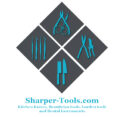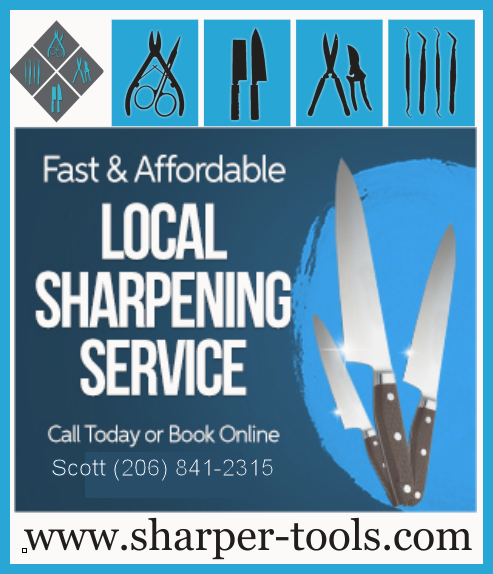Knife sharpening is an art and a necessity, whether you’re a culinary professional, an enthusiastic home cook, or someone who appreciates the value of well-maintained tools. A sharp knife is safer, more efficient, and easier to use. However, mastering the technique of knife sharpening can seem daunting. Fear not, as we unveil pro tips and essential insights to transform you into a sharpening aficionado.
## Understanding the Basics
Before diving into the sharpening process, it’s crucial to understand the basics. Knife sharpening involves two primary processes: sharpening and honing. Sharpening is the act of grinding metal to create a new edge, while honing straightens the edge of the knife without removing significant material. Both processes are essential for maintaining optimal performance.
### Choosing Your Tools
Selecting the right tools is the first step in your knife sharpening journey. There are several methods and tools available, each with its pros and cons:
– **Whetstones:** The most traditional and versatile sharpening tool, offering various grits for different stages of sharpening.
– **Honing rods:** Ideal for daily maintenance to keep your knives in top shape between sharpening sessions.
– **Electric sharpeners:** A quick and convenient option, perfect for those who prefer an automated method.
– **Pull-through sharpeners:** Easy to use for beginners but offers less control than other methods.
### The Angle Matters
One of the most critical aspects of sharpening is maintaining the correct angle. A typical kitchen knife is best sharpened at an angle of 15-20 degrees. Using a consistent angle ensures an evenly sharp edge and maximizes the knife’s performance. Tools like angle guides can help beginners maintain the correct angle.
### The Sharpening Process
1. **Preparation:** Start with a lower grit stone to reshape the edge if your knife is significantly dull. If it’s already in decent condition, a medium grit will suffice.
2. **Finding the Angle:** Hold the knife against the stone at the correct angle. Use your fingers to maintain pressure and control.
3. **The Sharpening Motion:** With gentle pressure, slide the knife across the stone in a sweeping motion, covering the entire length of the blade. Repeat this process on both sides of the knife.
4. **Checking Your Work:** Regularly check the sharpness of your knife by slicing through a piece of paper. A sharp knife should cut cleanly and effortlessly.
5. **Finishing Touches:** Once sharpened, hone the knife to straighten the edge and polish it using a finer grit stone or a honing rod.
### Maintenance is Key
Proper maintenance extends the life of your knives and reduces the need for frequent sharpening:
– **Use a honing rod regularly** to maintain the edge.
– **Store knives properly** in a block, on a magnetic strip, or with blade guards to protect the edges.
– **Avoid dishwashers** as they can dull knife edges. Hand wash and dry your knives instead.
### Common Mistakes to Avoid
– **Skipping the honing process:** Regular honing maintains the knife’s edge and prolongs the time between sharpenings.
– **Using too much pressure:** Let the stone do the work. Excessive pressure can damage the knife and the stone.
– **Ignoring knife care:** Regular cleaning, proper storage, and avoiding misuse are essential for keeping your knives in prime condition.
### Practice Makes Perfect
Like any skill, mastering knife sharpening takes practice. Start with older knives to get a feel for the process before moving on to your premium blades. Over time, you’ll develop a sense of how much pressure to apply, how many strokes are needed, and how to maintain the perfect angle.
## Final Thoughts
Mastering the art of knife sharpening not only enhances your culinary experience but also instills a sense of pride in maintaining your tools. By following these pro tips and dedicating time to practice, you’ll ensure that your knives are always ready to perform at their best. Remember, a sharp knife is a chef’s best friend, and with these insights, you’re well on your way to becoming a sharpening pro.
With the right knowledge and tools, anyone can transform their dull knives into razor-sharp tools capable of making precise cuts. This not only makes cooking more enjoyable but also safer and more efficient. So, embrace the process, and let the journey of mastering knife sharpening begin.

